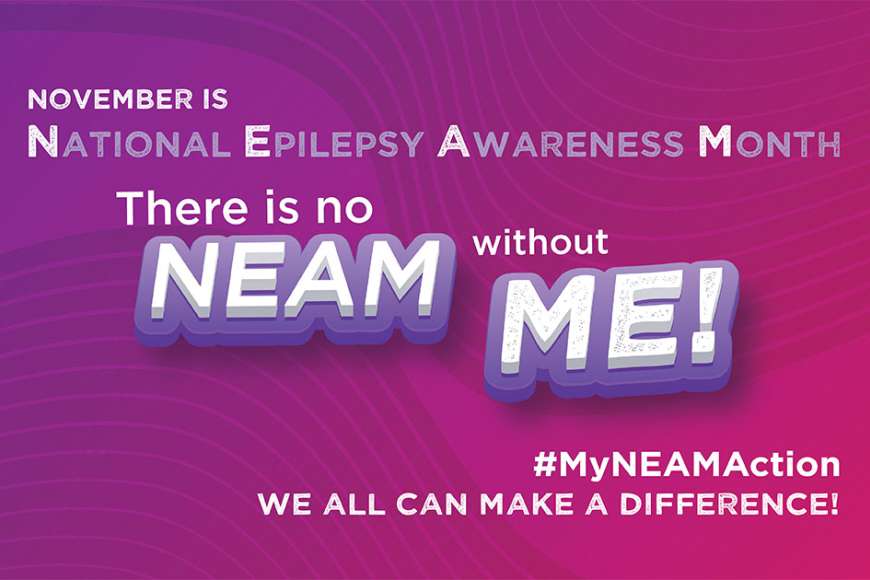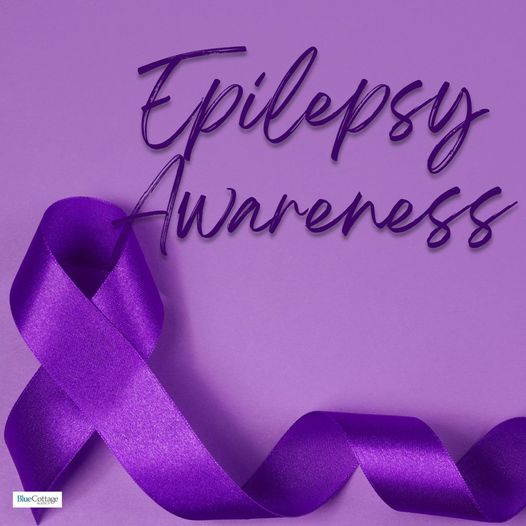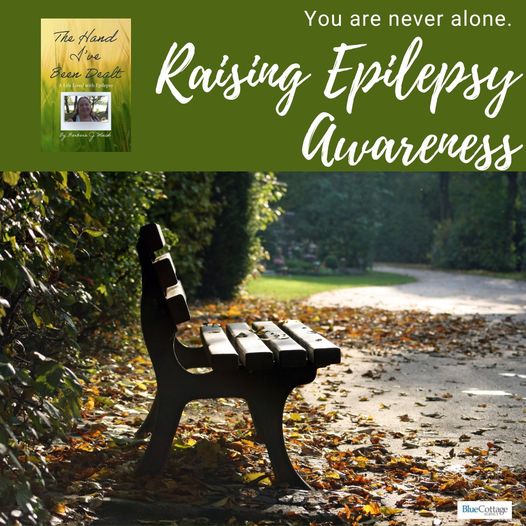November is National Epilepsy Awareness Month (NEAM), and this year, the founding non-profit that supports this observance is taking big actions.
The 2023 theme is “There is no NEAM without ME,” and this focus is inspired by the acknowledgment that their community would not exist without the wisdom, collaboration and support of its supporters.

This quote can be found on their official website: “We wouldn’t be able to build a seizure-safe nation. Together with you, we can raise awareness and funds, educate the general public about epilepsies and seizures, and push for more research to improve your outcomes. During this month, we are highlighting individuals and partners in our community who are using their stories, talents and efforts to help people with epilepsy overcome the challenges that come with their diagnosis.”

There are a handful of books available to those struggling with a new seizure diagnosis or living with someone who is navigating this disorder. But one book in particular has struck a cord with the Audrey Press Team.
The Hand I’ve Been Dealt by Barbara J Mack (memoir)

Barbara J Mack grew up in a loving home on a typical hardworking family farm. Life as she knew suddenly shifted at the age of 20 when a near-tragic car accident changed her life forever. Diagnosed with a seizure disorder during a time when there was little information or support caused her to lean even more on her tight-knit family. Just as her seizures were becoming manageable, a new wrinkle was added to her already challenging life when she unexpectedly became pregnant. Her new role as a single mom led to more challenges, but again the support of friends and family helped her navigate trying times.
Through her whimsical stories of family life and years of heartbreaking medical challenges, Barb’s story educates and inspires others to better cope with the hand they’ve been dealt with dignity and grace.
The Hand I’ve Been Dealt is filled with whimsical retellings of family life in Minnesota and the raw truth behind what living with epilepsy is like. But the book was also written to inform readers about seizure disorders while dispelling the many myths surrounding epilepsy diagnosis.
But this book also works to shed some light on the medical side of is this diagnosis and how we all can educate ourselves on what life with epilepsy looks like.
Excerpt from The Hand I’ve Been Dealt :
According to online statistics from sites like the Centers for Disease Control and Prevention, about 3.4 million people in the United States have active epilepsy, and the misconceptions about what it is and how it presents date back centuries. Before modern medicine, people living with Epilepsy were labeled as possessed, cursed, or even evil by a population who didn’t know better,
Sadly, this lack of awareness about seizure disorders can contribute to stigma and discrimination. It can also make those who are living with this condition feel uncomfortable or too embarrassed to talk about their health, even when they want or need to.
A brief description of epilepsy is that it is a chronic disorder with a hallmark of recurrent and unprovoked seizures. Though the symptoms of a seizure can affect any part of the body, the electrical events that produce them occur only in the brain. Usually only on one side of the brain, but sometimes seizures can also involve both sides.
People with epilepsy who have controlled their seizures can do the same things as those without epilepsy. People with uncontrolled seizures or severe types of epilepsy face many more challenges. They find it harder to find jobs, work full-time, go to school regularly, and even find affordable healthcare. I was in the “uncontrolled group” for more years than I’d like to admit.
I can tell you that most seizures don’t present like we tend to see on TV, and what a seizure “looks” like can vary from person to person. Contrary to some myths, an epileptic seizure does not result in someone speaking in tongues, becoming violent, and swallowing their tongue. And epilepsy is not contagious either.
Because epilepsy and seizures can make a person make unusual noises or behave oddly, it can be mistaken for mental illness. Though it is not a part of the mental illness spectrum, living with a seizure disorder can develop mental health conditions, such as depression and/or anxiety.
But, as you can imagine, almost all seizure types put the person having it in a dangerous situation if they are not closely monitored. Even ordinary tasks like cooking over a hot stove, driving a car, or crossing the street can have disastrous results if someone suddenly has a seizure.
In a nutshell, generalized seizures involve the whole brain and present differently. Some people may experience an “aura” or visual disturbances that clue them that an attack is on the way. That has never been the case for me. I never have any sort of warning that one is about to occur. My seizures sneak up on me as stealthy as a cat but with the power of a freight train.
Like we’ve mentioned above, this book is a raw and real, yet highly educational look at a condition that many shy away from talking about. Barbara’s book is available on Amazon and be sure and check your local bookstore.

